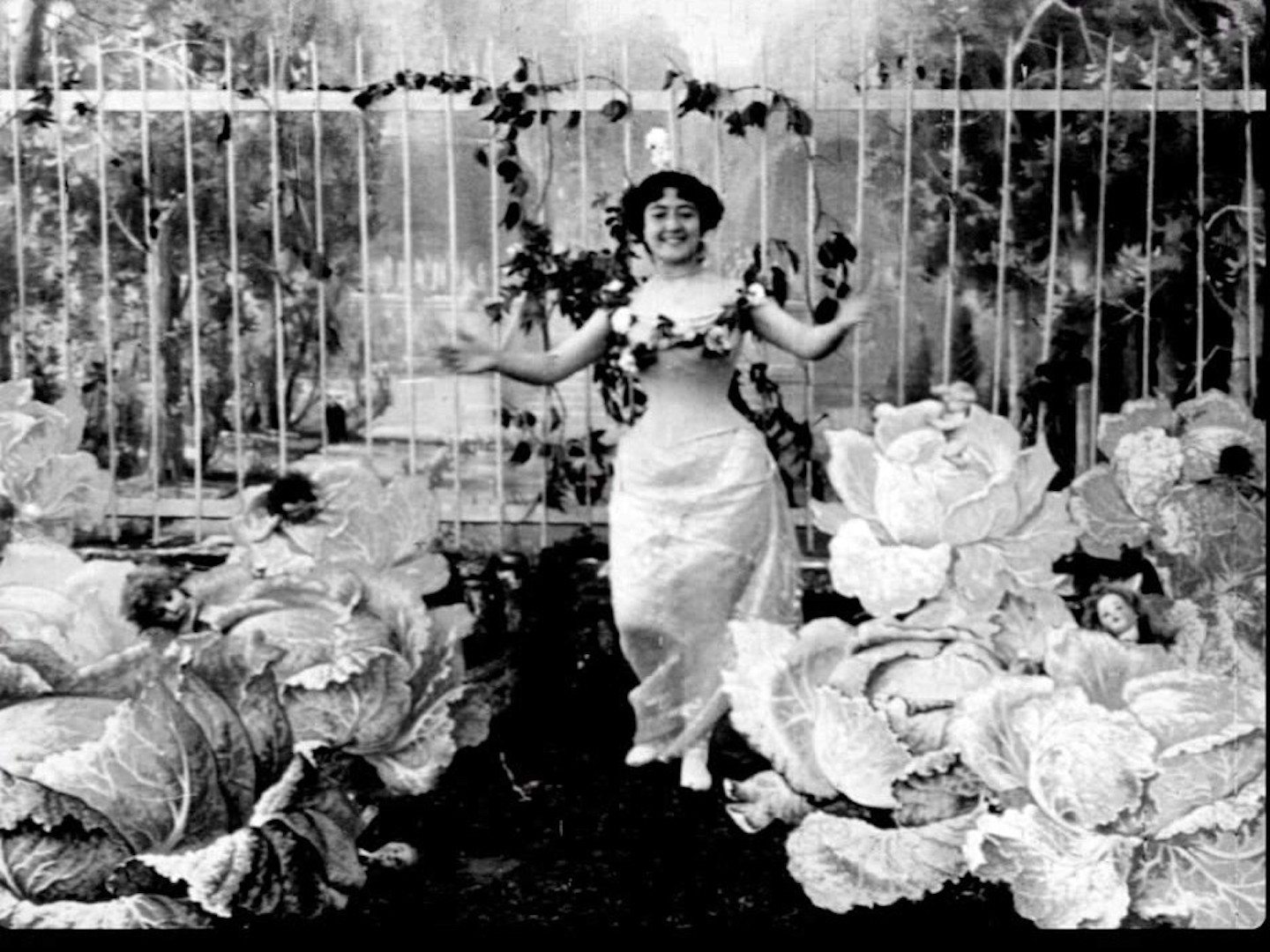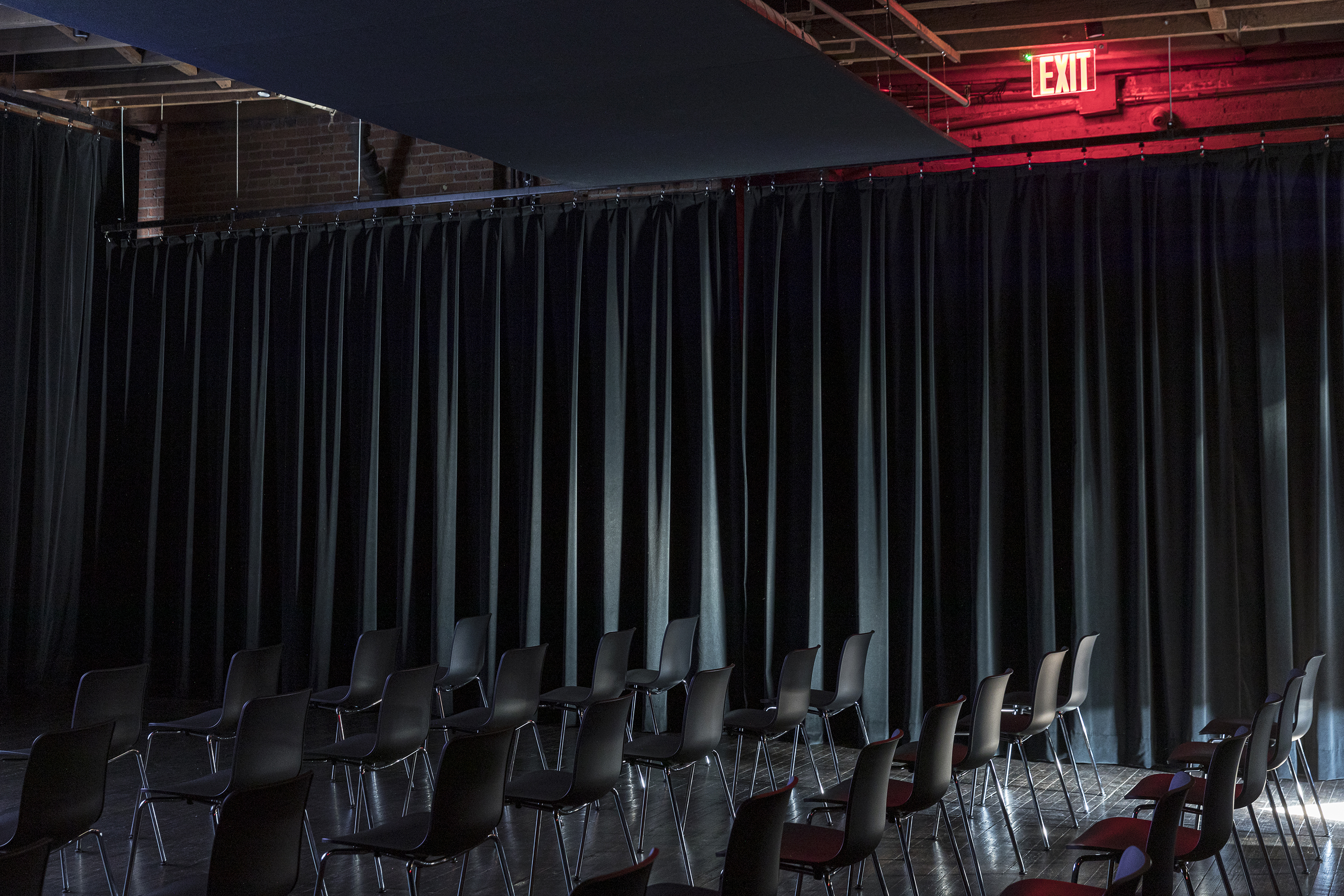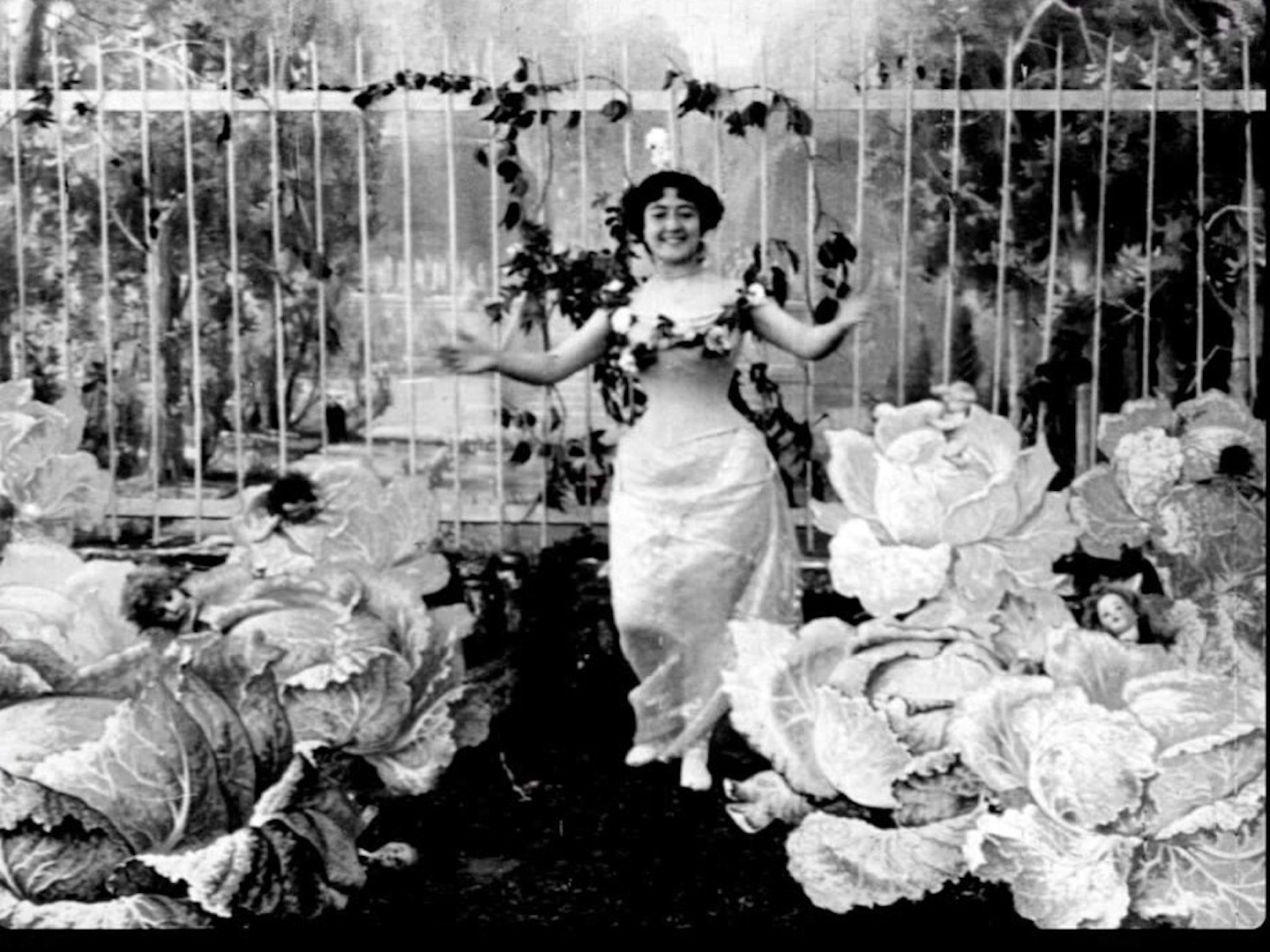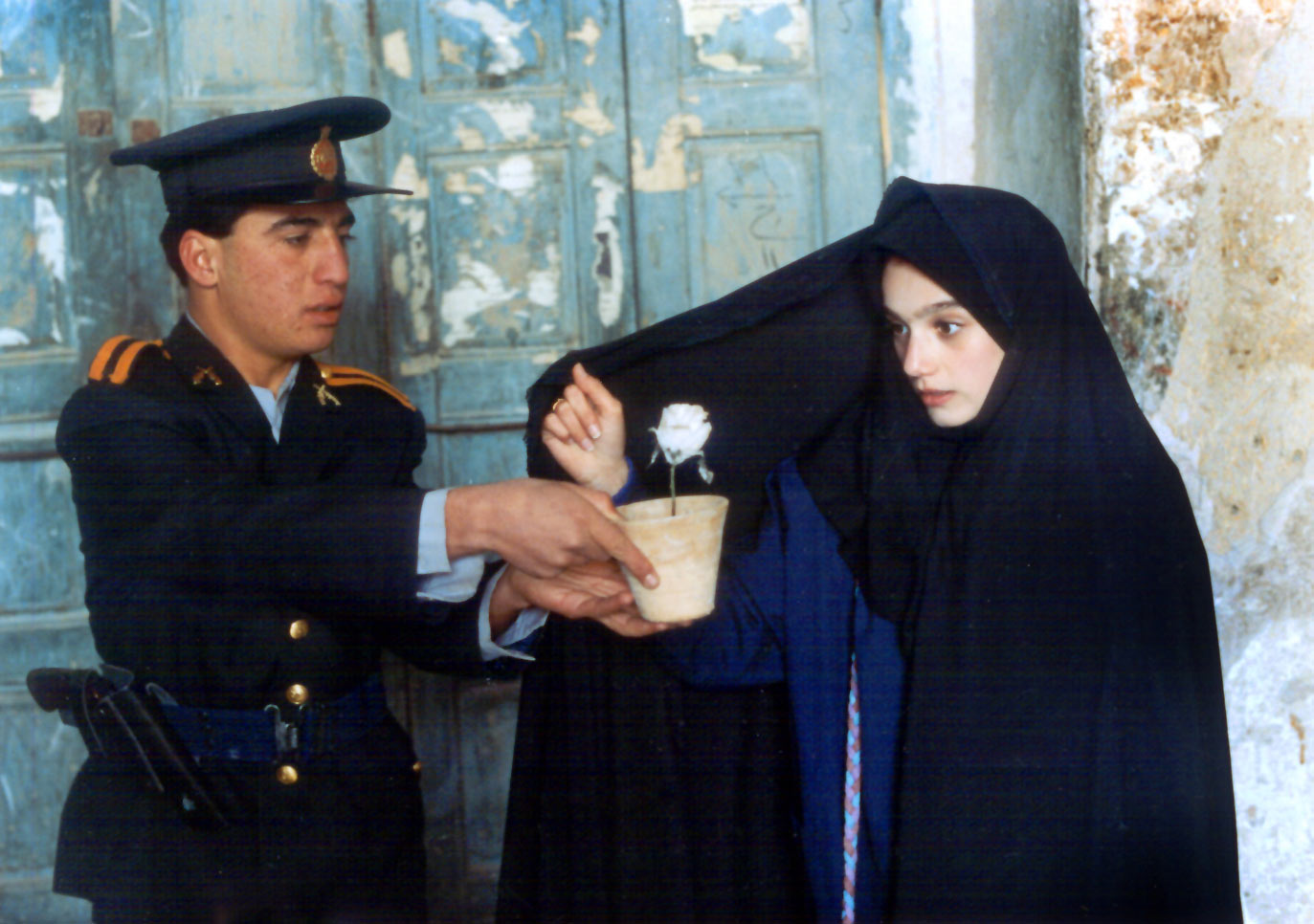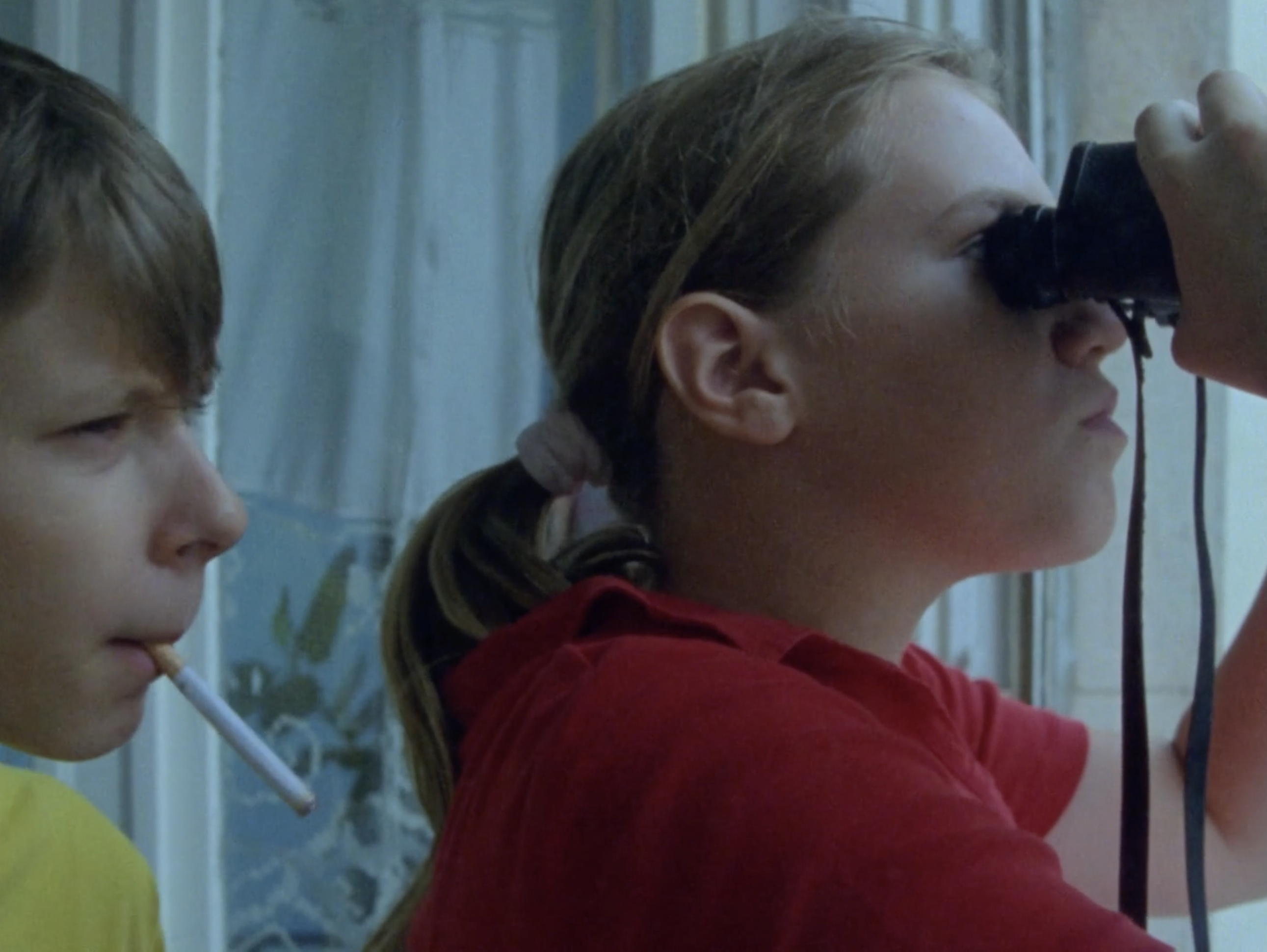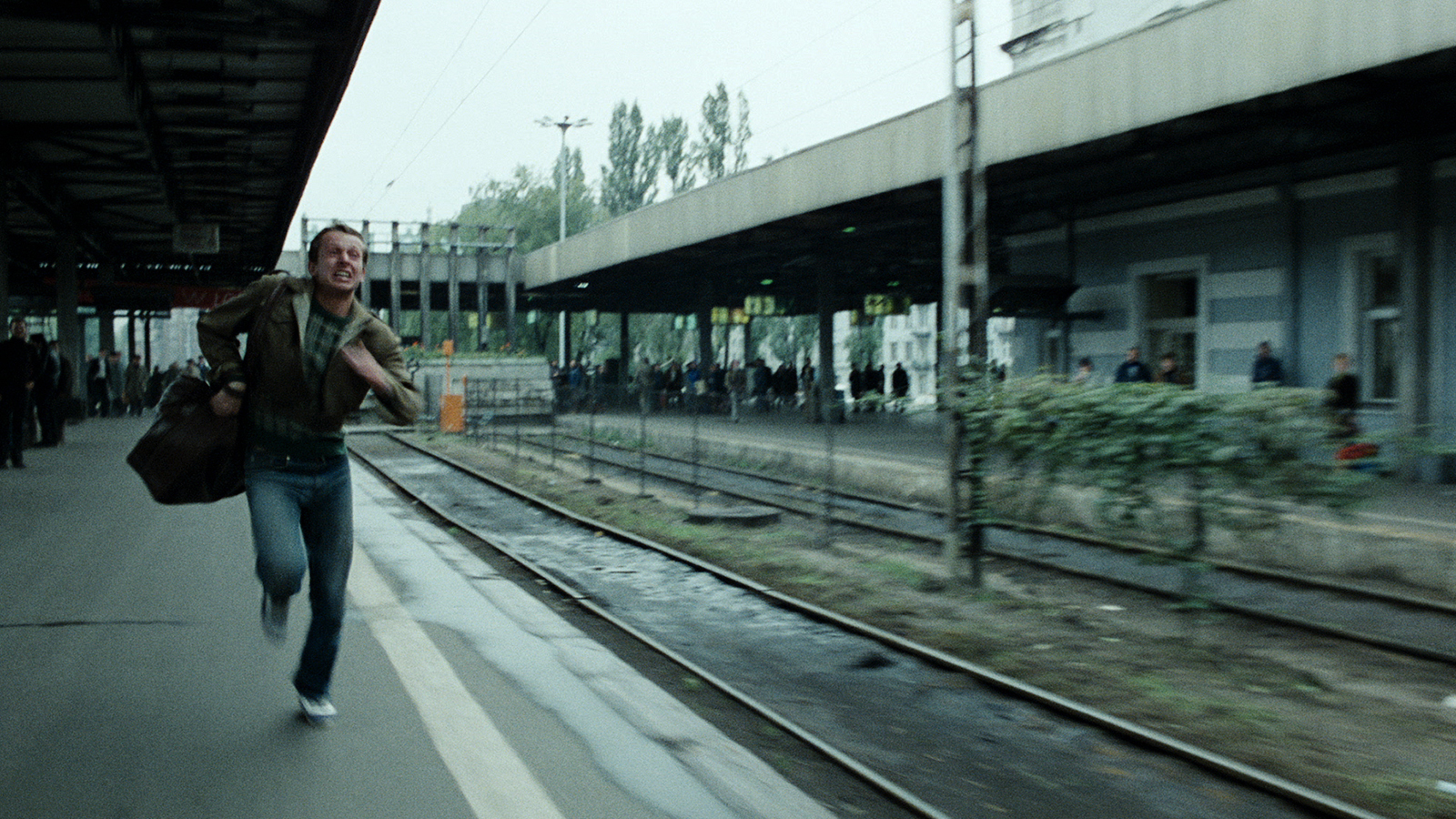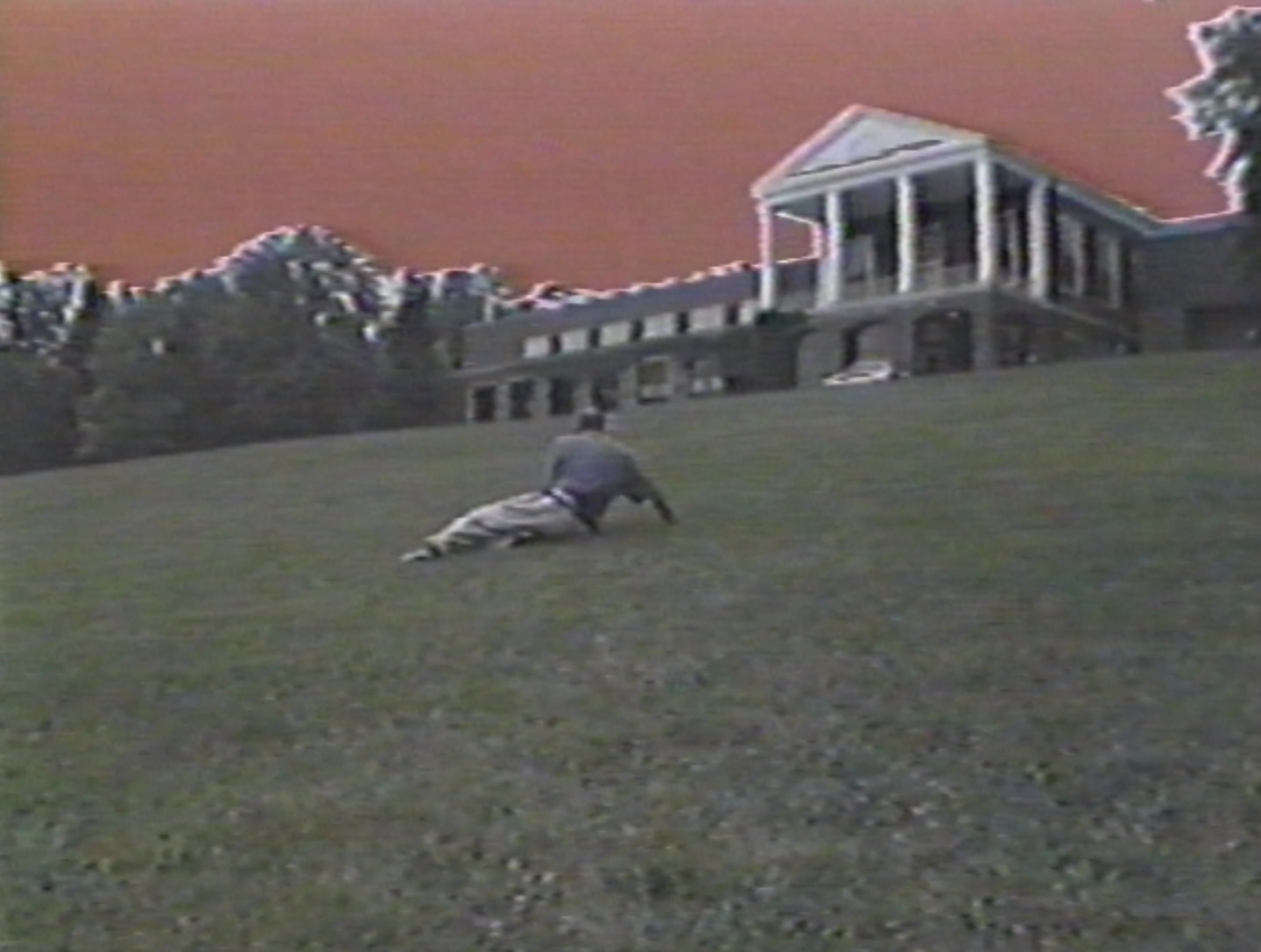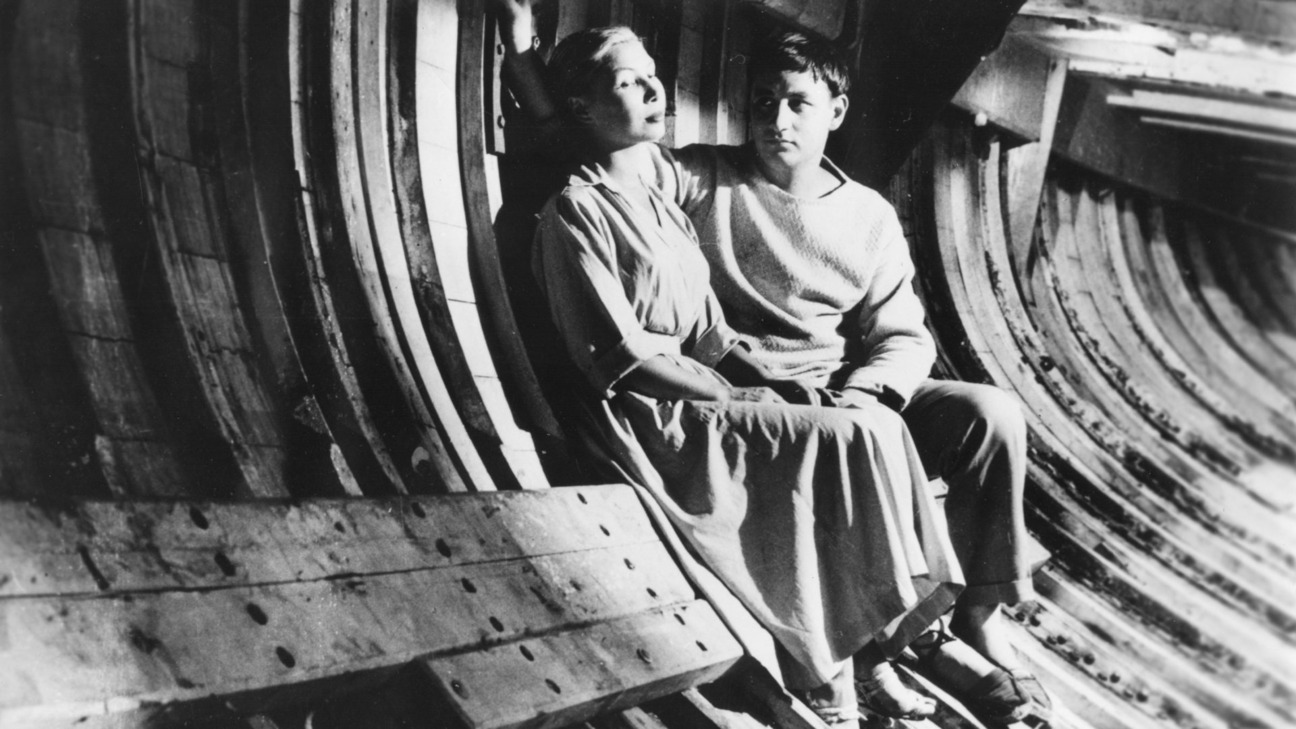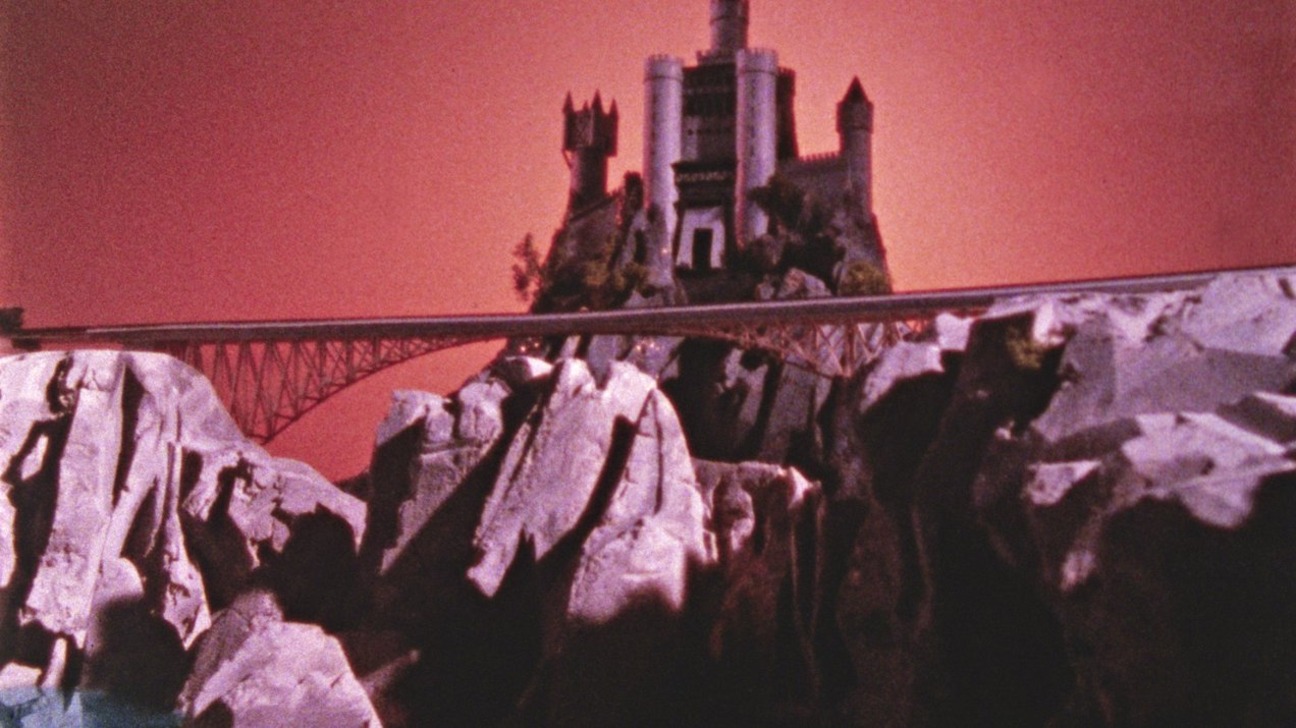Admission starts at $5
June 16, 2022, 7pm
Brooklyn 11205
USA
On March 22, 1895, French filmmakers the Lumière brothers successfully orchestrated the first film screening using newly engineered projection technology. Workers Leaving the Lumière Factory in Lyon played to a Paris audience of members of the Society for the Development of National Industry. Among the nearly 200 people present was Alice Guy-Blaché (1873-1968), a secretary for the camera manufacturing company Gaumont. With a firm belief that film technology could be more than just a means of product promotion, Guy-Blaché asked Léon Gaumont for permission to use the company’s equipment to begin shooting her own narrative films.
Her 1896 one-minute short The Cabbage-Patch Fairy—made when Guy-Blaché was just 23 years old—was one of the world’s first narrative films, and Guy-Blaché enjoyed the status as the only woman filmmaker from 1896-1906. After a tenure as Gaumont’s head of production, Guy-Blaché relocated from France to the United States in 1907, and, in 1910, she and her husband, Herbert Blaché, formed Solax Studios, the US’s largest pre-Hollywood production studio, headquartered first in Flushing, New York, and then Fort Lee, New Jersey. During the height of production at Solax, Guy-Blaché was producing three one-reel films per week.
From 1896-1922, Guy-Blaché directed over 1,000 films, with a range of themes that highlighted her interest in gender roles, absurdism, and the intrinsic comedy of the everyday. Only around 150 of these survive, due to poor preservation efforts and a latent sexism that refused to value her work. We’re thrilled to showcase a selection of her earliest works, alongside one of her twenty-two feature-length films.
The Cabbage-Patch Fairy (1900, 1 minute)
A 1900 remake of the earlier 1896 version of her first film, The Cabbage-Patch Fairy takes as its starting point the French folklore that babies come from cabbage patches. The first film directed by a woman, Guy-Blaché blends fantasy and humor to transpose a narrative onto this early film experiment.
Midwife to the Upper Class (1902, 4:02 minutes)
In a film set within the Cabbage-Patch Fairy universe, Midwife to the Upper Class showcases the Cabbage Fairy in a role as salesperson to a wealthy couple on the market for a baby. The film features Guy-Blaché in the role of the potential father and bears a witty critique of the economics of family life, accentuated by the fact that the film itself would likely have been used as a demonstration film for Gaumont to market its wares.
The Results of Feminism (1906, 6:45 minutes)
A sociopolitical critique of gender roles, The Results of Feminism turns to comedy in order to explore the absurdity of patriarchal society at the turn of the century. Guy-Blaché's handling of this sophisticated subject matter is as dire as it is ludicrous.
The Drunken Mattress (1906, 9:26 minutes)
In this masterpiece of Guy-Blaché’s inventive storytelling, an old couple calls a mattress lady to re-stuff their mattress. While the mattress lady takes a break from the job, a drunk climbs into the open mattress to take a nap. The ensuing action is a slapstick comic chase, rendered through technically refined cinematography and editing.
The Glue (1907, 3:40 minutes)
Produced during Guy-Blaché’s last year at Gaumont before relocating to the US, The Glue follows a young boy as he liberally covers countless surfaces in an extraordinarily adhesive substance.
Alice Guy Films a Phonoscène (1905, 51 seconds)
An early behind-the-scenes documentary, Alice Guy Films a Phonoscène shows Guy-Blaché orchestrating the shooting of an early type of music video. With the cast, crew, and much of the equipment in frame, the film gives a glimpse into a typical set at Gaumont’s Cité Elgé studio in the Buttes-Chaumont neighborhood of Paris.
Dick Whittington and his Cat (1913, 45 minutes)
Dick Whittington, a young boy down on his luck in London, meets a man on the street who gives him a coin, which he uses to buy a cat. With a budget of $35,000 (approximately $1 million today), the film was one of Guy-Blaché’s early feature-length projects. Refusing to cut any corners, the staging included a boat that Guy-Blaché had detonated live on camera.
The screening is part of Revisiting Feminist Moving Image, a bi-monthly series at e-flux Screening Room aimed at revisiting the origins, contexts, developments, and impact of feminist video art and experimental cinema around the world from the 1960s through the present.
For more information contact program@e-flux.com.
